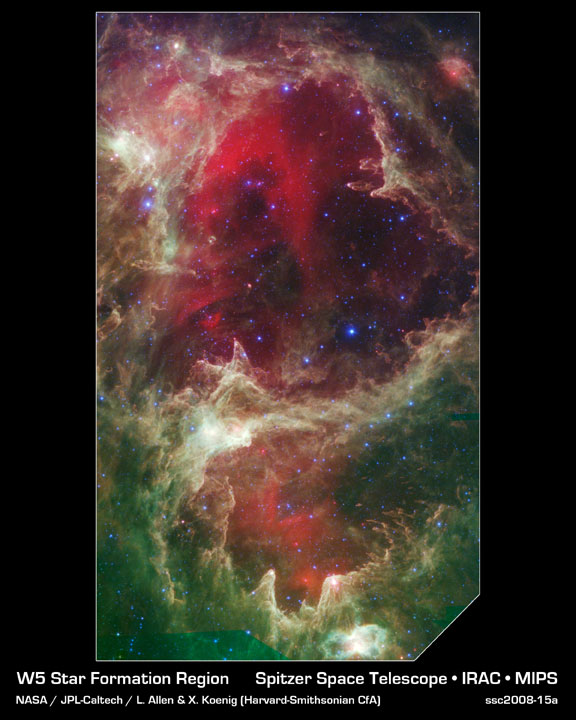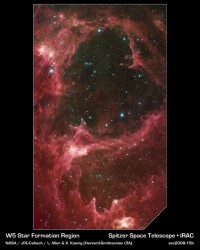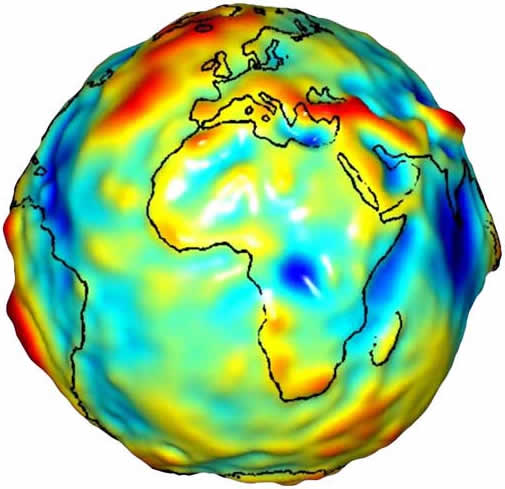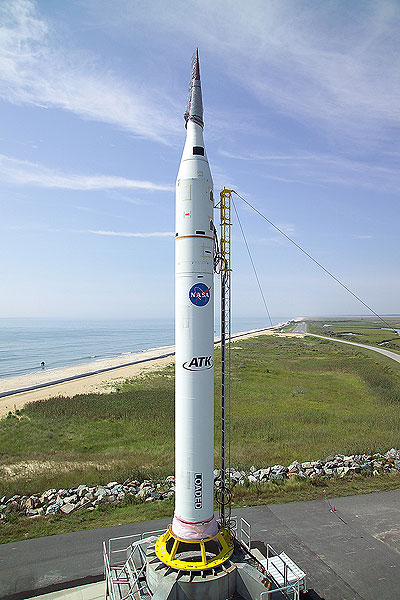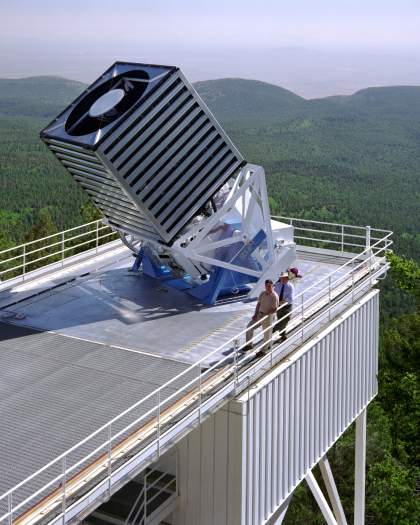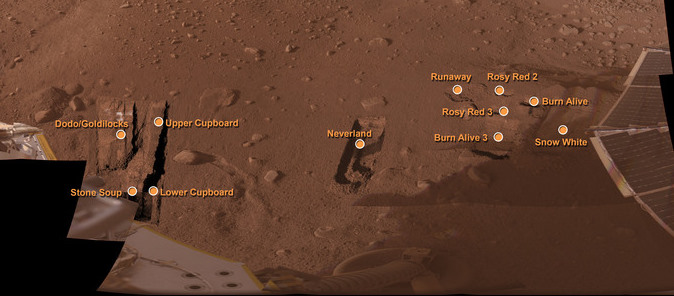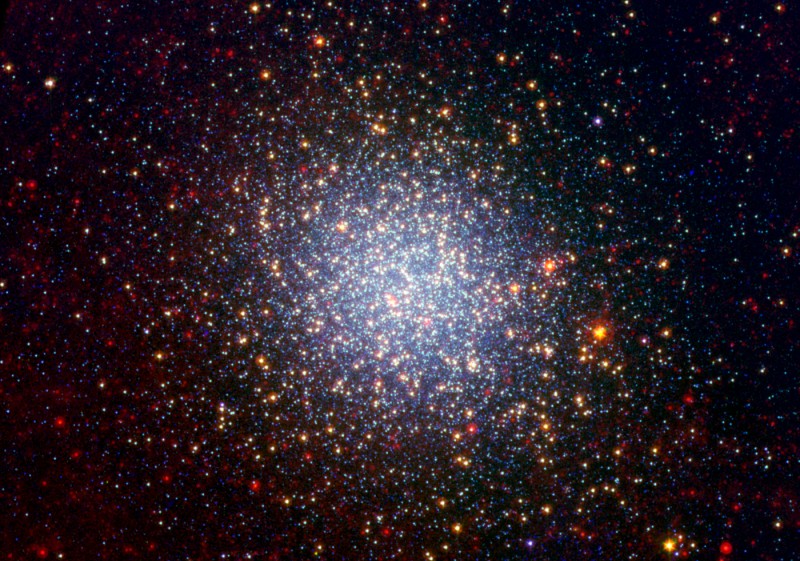[/caption]
I thought this year would be different and finally I could make it through the month of August without receiving a forwarded email from an excited acquaintance, wondering if I knew about this incredible news that will happen only once in a lifetime. The email claims Mars is coming closer to Earth and will look as big as the full moon!
Please, this is a complete falsehood and entirely not true. The email about this “once in a lifetime event” has been circulating like clockwork every August for the past five years and is full of errors. If you don’t believe me, here are Universe Today articles dubunking this erroneous email in 2007, 2006, and 2005. If you don’t believe Fraser, Phil Plait the Bad Astronomer debunks the email here, here , here, and here’s the original one back in 2003. I don’t know if the general public really is so uneducated/gullible/in the dark to fall for this every year, or if the folks who start circulating this email every year are trying to determine how uneducated/gullible/in the dark the world actually is.
This began in August 2003 when Mars actually did make its closest approach to Earth in the past 60,000 years. On August 27th, 2003, Mars was 55,758,006 kilometers (34,646,418 miles) away from Earth. Mars just looked like a bright “star” in the sky, not much different than how it usually looks to the naked eye whenever the two planets are at their closest approach. The view of Mars in a telescope was a little better than usual back in 2003, as the bigger telescopes could see the ice caps a little clearer, and possibly some other features. Someone got some bad information as to how big Mars would look at this closest approach and got excited about this bad information, then sent said bad information out in an email which spread like wildfire through the wonders of email forwarding.
This year in August, Mars is about 360 million kilometers (about 215 million miles) from Earth, not very close at all. Since Mars and the Earth are in different orbits around the Sun, and they each take different amounts of time to go around the sun (Earth 365 days, Mars 687 Earth days) the distance between the two planets grows and shrinks, with the closest approaches occurring about every 26 months. But the distance changes with every approach because of the way celestial mechanics works.
If you still need more info, NASA has a page debunking this email, too. Please, let’s work hard to let everyone know this Mars email is completely wrong so that we don’t have to write this article again next year.


